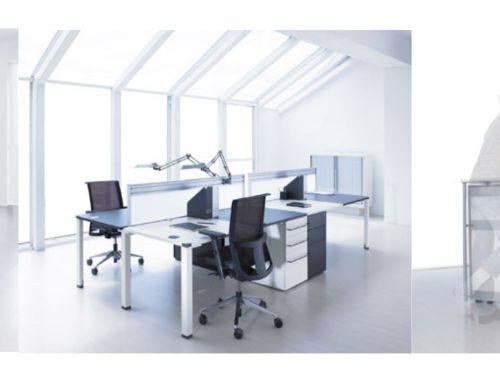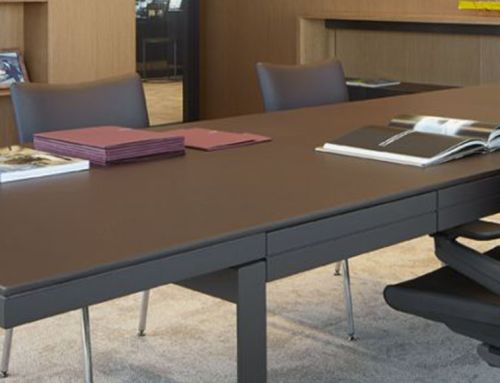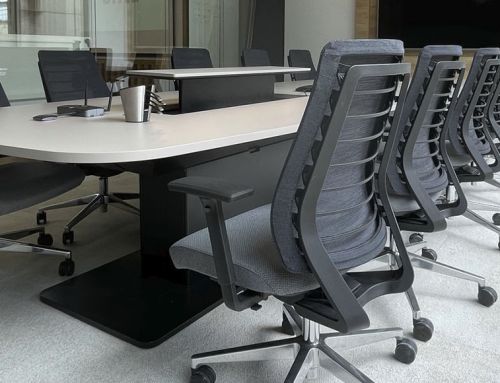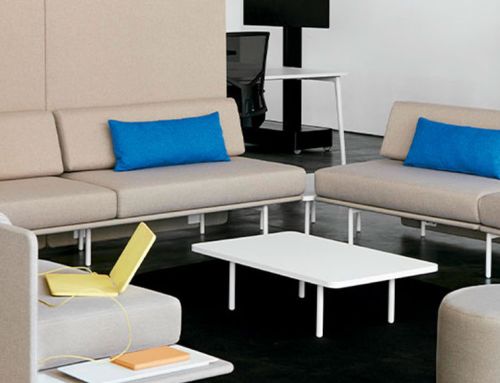What is an office screen? Basically, a screen is a separating element that is used in open spaces to delimit work areas, it favors people’s privacy and thus their productivity.
Acoustic comfort is a vital need in work spaces. However, more than 50% of people who work in open spaces are dissatisfied with the noise level in their office.
This issue was already one of the main concerns of companies and architectures since the concept of open space was extended years ago. But now the problem has increased as a result of hybrid work models and the increase in remote communications, which can be the cause of conflicts. In addition to negatively impacting the activity and well-being of many people.
In the open space office model there are many sources of distraction (colleagues talking, telephones, etc.). Therefore, we are going to see what an office screen is and what its functionality is.
What is an office screen and what does it contribute to interior design
In a previous post we already referred to the benefits and cons of working in an open space. We are talking then about the fact that many people do not feel entirely comfortable with this model and they miss the privacy that an individual space provides them.
Teamwork is very important nowadays, but individual work is equally important. By creating a variety of spaces that allow different degrees of privacy, we manage to turn open offices into productive and comfortable spaces.
There are other design strategies that provide privacy within the workspace, in addition to specific areas for privacy, which can be used by anyone at any time, or individual offices. We refer to the screens or separating elements.
What is an office screen? It is a complement that is used as a separating element to delimit areas and create semi-private spaces.
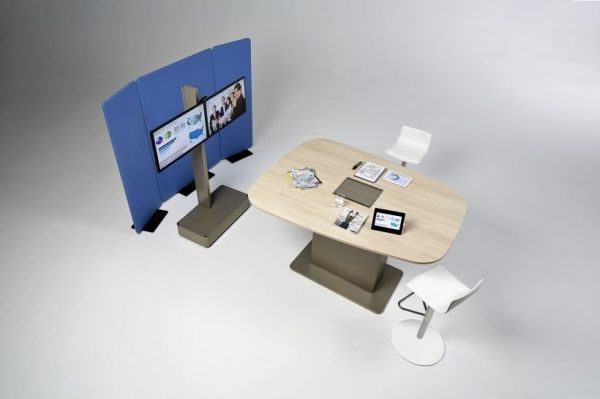
What are office partitions used for?
Office partitions have been used for decades, but what are office screens for?
The office screen offers us the perfect alternative to closed offices for those people or work dynamics that need some privacy.
Thanks to the dividing screens, separate work areas, micro-architectures and semi-private environments can be created.
What types of separating screens are the most common?
Once we have explained what an office screen is and what it is for, we will see that there are different types of dividing screens, depending on the functionality and level of privacy required in each project. Some of the most common in today’s offices are:
- Modular screens. Therefore, they adapt perfectly to any space. Ofita’s Flip panels, for example, are a modular and adaptive solution that facilitates the separation and creation of personal spaces in a comfortable way. They serve both for individual tables and for collective spaces.
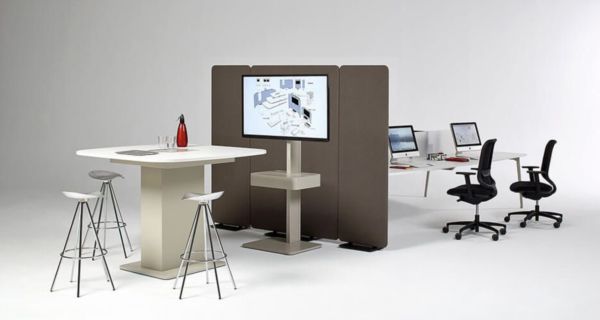
- Mobile screens. One of the elements that best represents the versatility of the new offices. They allow collaboration spaces to be quickly installed and reconfigured (wheels, magnetic connection…), such as Forthink by Ofita.
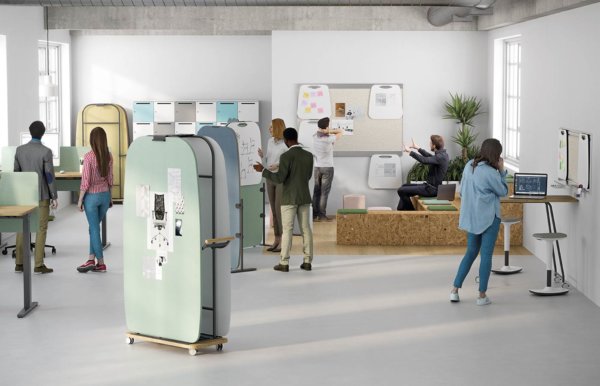
As for the material with which they are made, we can also differentiate between opaque or translucent screens. The choice of one option or another is usually determined by the level of light in the space.
Regardless of the option chosen, a requirement for many companies is that office screens allow absolute customization, both in measurements and in upholstery and colours. In this way, the separation of work areas will be perfectly integrated with the corporate identity and will be visually attractive.
On the other hand, the new forms of collaborative work require for some of their spaces that the screens allow unlimited connectivity.
In short, configuring the office with dividing screens offers notable advantages, the main one being the possibility of creating versatile ad hoc spaces and semi-private environments. Not forgetting the design of a screen is an aesthetic piece that can bring life to even the dullest spaces.


